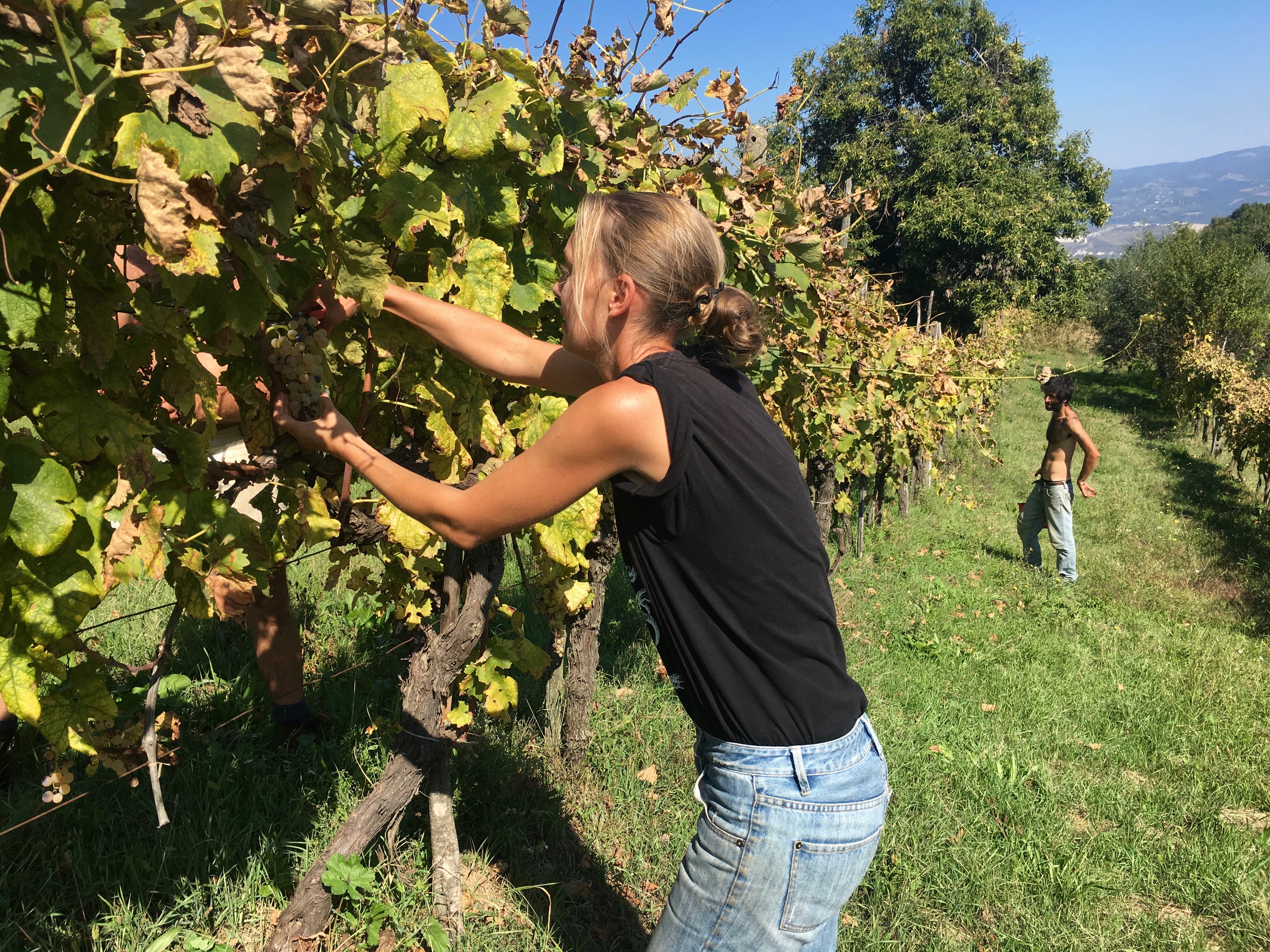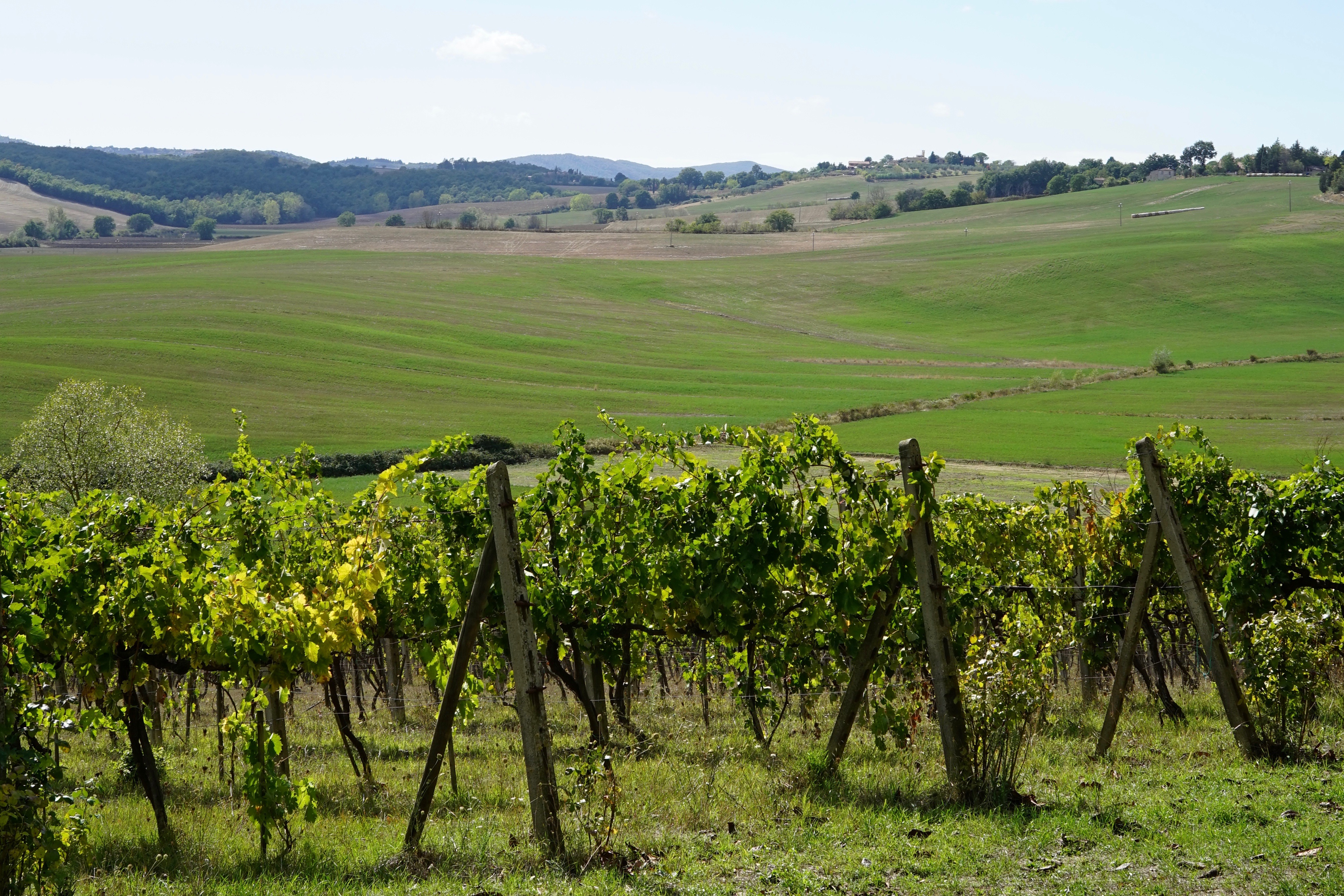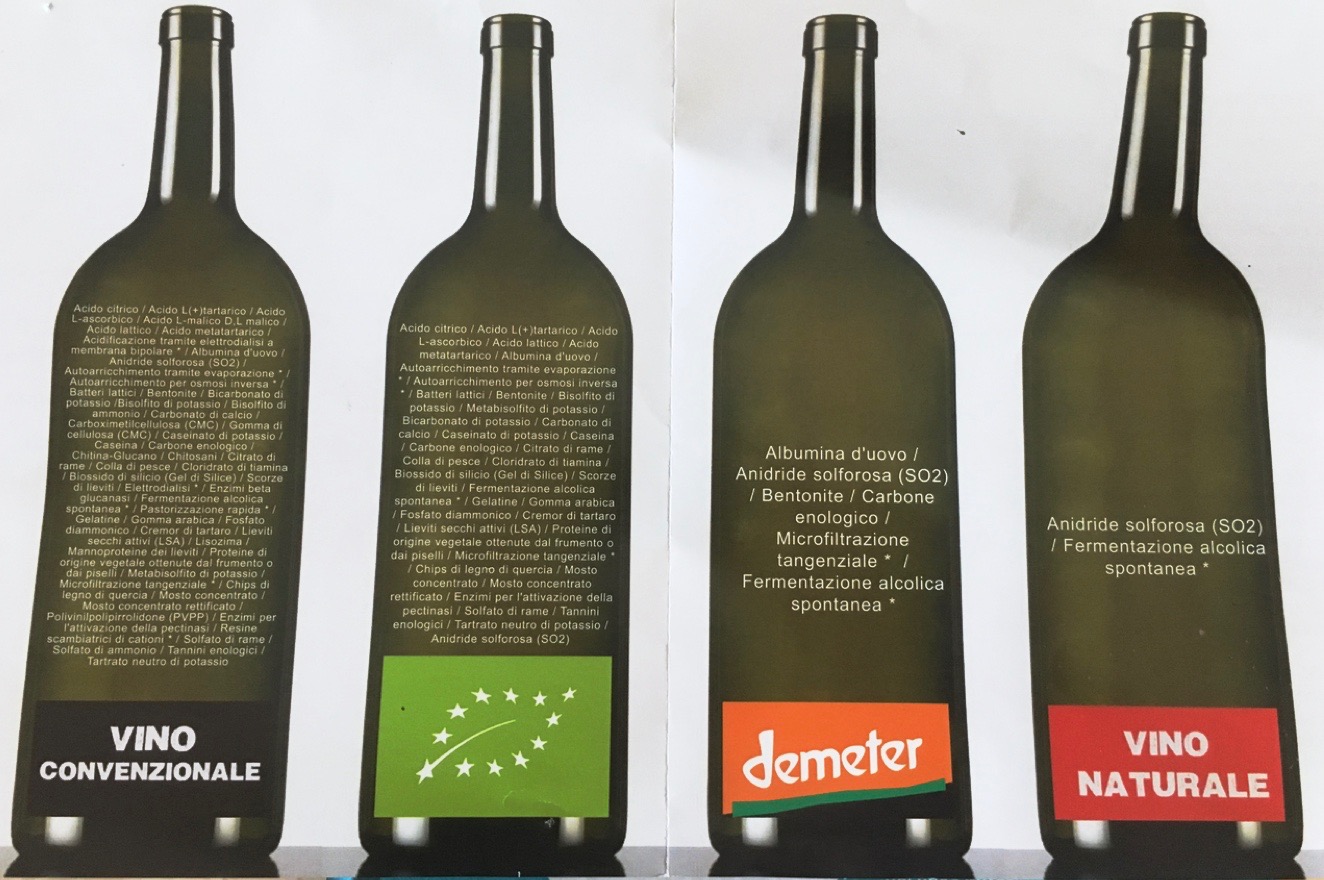Natural Wines are easily explained. In a nutshell: no use of chemicals in the vineyard, no additives and technological manipulations in the cellar. Sulphur additions are also kept to a bare minimum, if added at all.

Despite the above there are lots of disputes and misunderstandings about what natural wine really is. If you actually think about it, couldn’t everything be natural? Since the word does not stand for a specific certification and is not regulated in any way, there certainly is ground for confusion and misconception.

To understand these wines it is important to understand why the movement started in the first place. Let’s begin by saying that of course, wine used to be made naturally before the advent of chemicals in agriculture, and before modern enology began adopting chemicals and technology in the cellar. This isn’t about claiming that wine used to be better (it was probably often faulty and vinegary). This is just to say that, from a production point of view, it used to be what it should be: naturally fermented grape juice. 

We can quite confidently claim that the actual “Natural Wine” movement was born out of a reject towards certain regulations and certifications that did not represent the work of a number of winemakers, that were working in a pure and non manipulated manner. Let’s take organic. Customers perceive it as a natural approach to agriculture and we do agree it definitely is a big step towards refining our agricultural methods. But the “organic business” is also the biggest growing sector in food sales and its regulations are quite loose. That’s because they need to be loose, in order to fit large scale corporations which have “jumped on the organic train” the minute they smelled profit.
A number of winemakers needed more. They needed a stronger statement to represent the hard and honest work behind their bottles, a philosophy, a radical approach to making wine just from grapes.
The Natural Wine method is indeed how we’d all wish our wines were made. Most people don’t even imagine what conventional winemakers are allowed to add in their wines: dozens of synthesized ingredients aimed and correcting production mistakes and homogenize flavors. And they are not even required to list them on the wine label.Now not all conventional wine makers have an irresponsible approach to winemaking, but as consumers knowing this is allowed is important.

This graphic shows the allowed ingredients in conventional wine (left), organic, biodynamic and natural.
What you get is a standardized flavor which tells nothing about what happened in the vineyard throughout the year, hiding the true beauty of diversity, particularly as far as great wines are concerned. A product that is highly manipulated and technical can hardly be an honest representation of its terroir.
 Wines made naturally on the other hand are not trying to be something they are not , and are not scared to show their true identity. They talk about a land, a specific soil, a grape variety. About the weather throughout the year and about the winemaker’s character. All the focus is on the fruit, on the soil and the vintage.
Wines made naturally on the other hand are not trying to be something they are not , and are not scared to show their true identity. They talk about a land, a specific soil, a grape variety. About the weather throughout the year and about the winemaker’s character. All the focus is on the fruit, on the soil and the vintage.